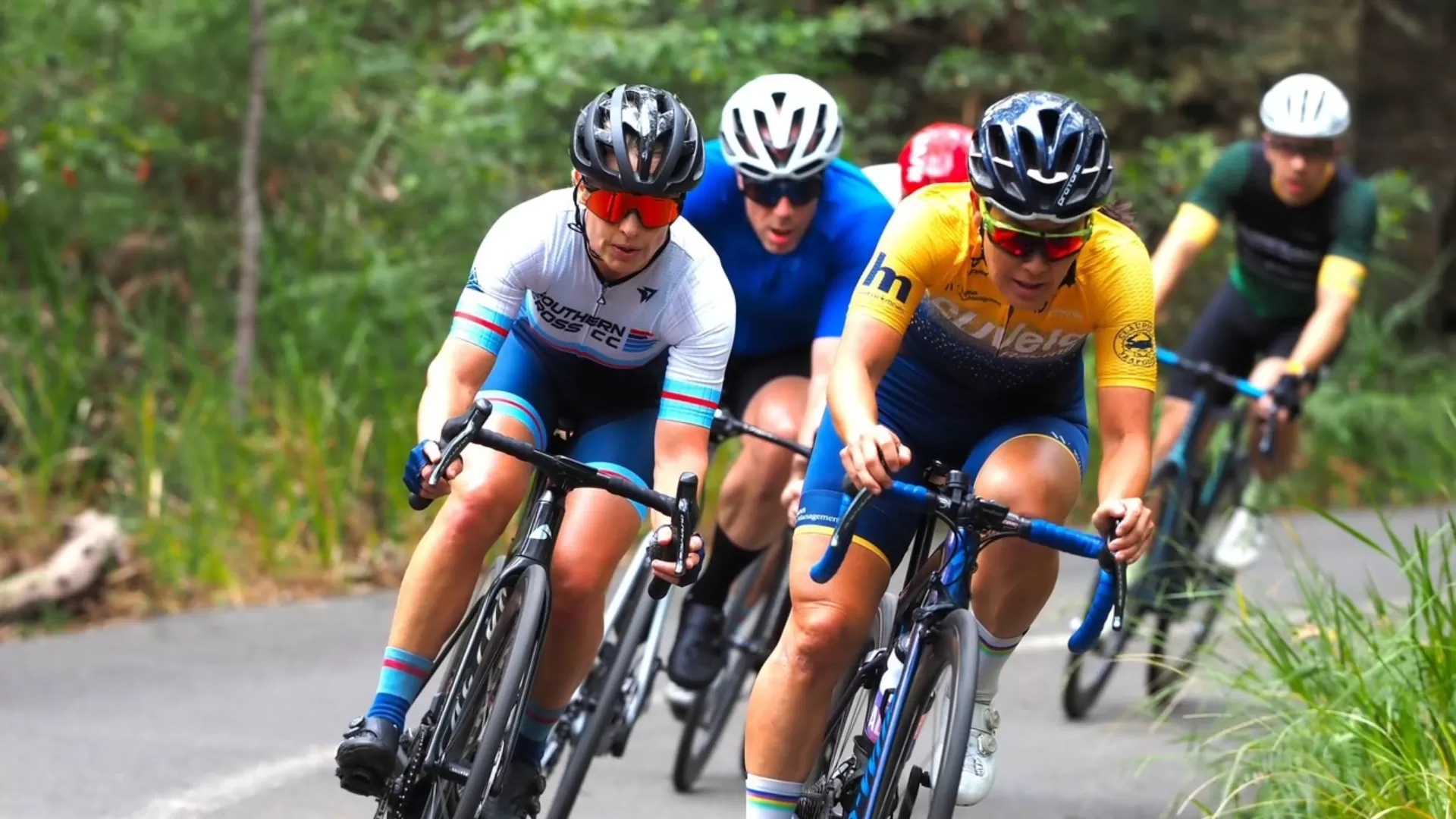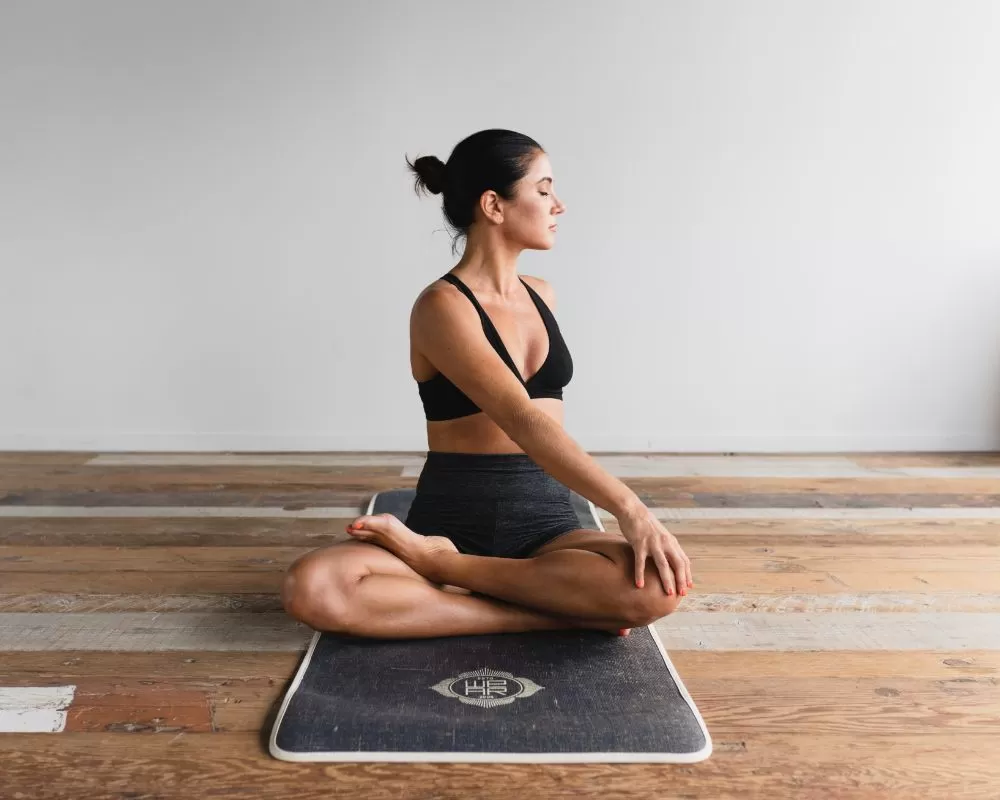
Cycling has exploded in popularity across the United States, attracting newcomers who are looking for fitness, freedom, and eco-friendly commuting. But alongside this boom comes a flood of marketing designed to convince every beginner that they need expensive gear to even start. In reality, a new cyclist doesn’t need to spend thousands of dollars to enjoy the ride. Too many first-time riders fall into the trap of buying “professional” equipment that adds little to their experience. From overpriced gadgets to unnecessary upgrades, cycling can quickly become more about vanity than the joy of riding. This guide is here to help new cyclists avoid wasting money, showing where to save, where to invest, and how to make cycling a practical and sustainable habit.
The Myth of Professional Gear
One of the first mistakes many new cyclists make is assuming they need “pro-level” gear to be legitimate riders. A glossy advertisement might showcase a $45 tool kit with 30 different pieces, but in reality, you may only ever use a couple of hex wrenches and a basic pump. The rest sits untouched in the garage. Similarly, while a $150 GPS bike computer promises advanced ride tracking, a simple $2 phone mount paired with a free cycling app will give you the same data: speed, distance, and route mapping. Cycling companies know that newcomers are eager and uncertain, making them prime targets for unnecessary upselling.
Choosing the Right Bike Without the Hype
The bicycle itself is often the biggest investment, and it’s where marketing hype is strongest. Ads may highlight “aerospace-grade alloy” or “ultra-light carbon fiber” frames as if they’re essential for every rider. But the truth is, for commuting, weekend rides, or fitness goals, an entry-level 6061 aluminum frame—often priced between $150 and $200—is more than enough. It’s durable, affordable, and reliable. Unless you’re racing professionally, shaving a few ounces of frame weight is not worth the added cost. New cyclists should focus on comfort, fit, and reliability, not technical jargon designed to inflate prices.
When Less is More with Accessories
Walk into any bike shop and you’ll be dazzled by aisles of accessories: aerodynamic helmets, specialty grips, vibration-dampening seat posts, and more. While some accessories improve safety and comfort, many are designed more for aesthetics or marketing appeal than real performance. A sturdy helmet, front and rear lights, and a water bottle cage are true essentials. Items like aerodynamic water bottles or “pro-grade” gloves can be skipped in the early stages. Think of cycling accessories like kitchen gadgets: sometimes the simplest tools get the job done better than the overpriced alternatives.
Maintenance Made Simple
Another common money pit is bicycle maintenance products. Companies often sell “specialized chain oils” or “pro-only lubricants” at inflated prices. The reality? A standard industrial lubricant works just as well for everyday cycling and costs a fraction of the price. The same applies to cleaning kits—many of which include fancy brushes or branded soap. Dish soap, a rag, and a little elbow grease can keep your bike clean and your chain smooth without draining your wallet. The principle is simple: don’t overcomplicate what can be maintained with basic, affordable supplies.
Clothing and Apparel Traps
Cycling apparel is another area where beginners overspend. While padded shorts and moisture-wicking shirts can make rides more comfortable, you don’t need an entire wardrobe of professional kits to start out. A pair of gym shorts and a breathable athletic shirt will suffice for short to moderate rides. High-end cycling shoes and clipless pedals may look appealing, but unless you’re training for races, they’re not necessary for casual riding. Prioritize comfort and safety over fashion. Remember, the best ride is one where you feel good, not one where you look like a sponsored pro.
Conclusion
Cycling should be about the joy of the ride, not the size of your gear budget. For newcomers, the most important lesson is that you don’t need to buy everything marketed to you. A simple, reliable bike, a few basic tools, and affordable maintenance supplies are all you need to get started. Don’t let flashy advertisements push you into buying gadgets or accessories that collect dust after a few rides. Instead, focus on riding consistently, learning basic maintenance, and gradually upgrading gear only when it genuinely improves your experience. Spend wisely, let the gear serve your cycling—not your vanity—and you’ll discover that the freedom of two wheels comes from the ride itself, not the price tag attached to it.





